I have see this instruction about hacking one ordinary boost/buck converter by adding the current sensing to its FB pin (feedback pin) like this schematic:
and know this system using for current controlling:
so my question is that what would happen if use the output of above current sensor as said at the two or some many LM2596 module based like this ( these Buck converter are so low cost and if could be parallel could give more current and ...) like below picture ?
Update: I thought if I simulated this situation, in some software like EASYEDA (SPICE SIMULATION OPTION ON IT) could it be useful for this question!?
Thanks.


